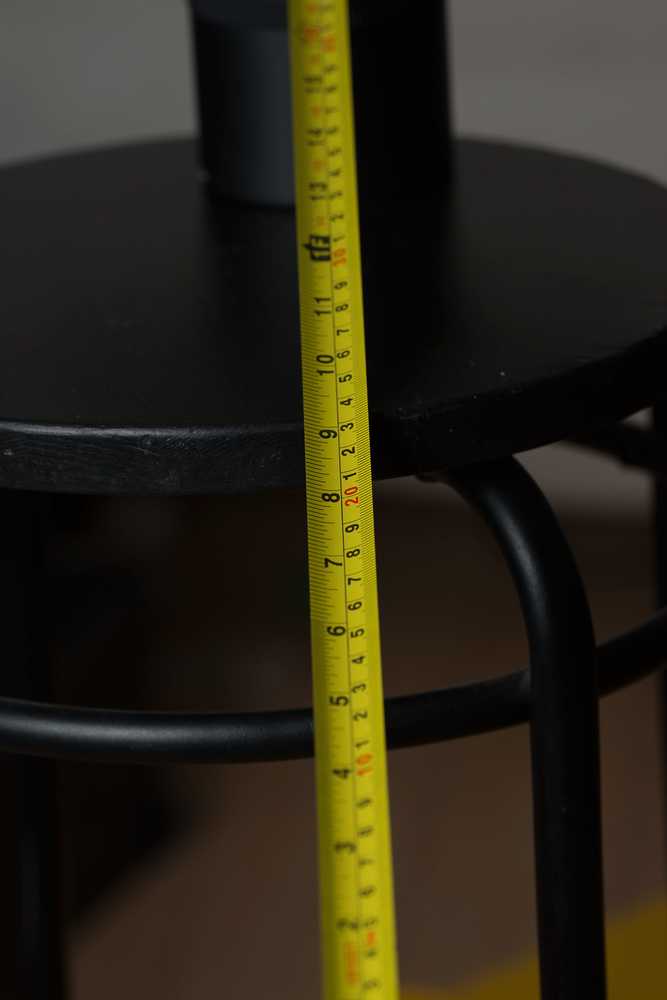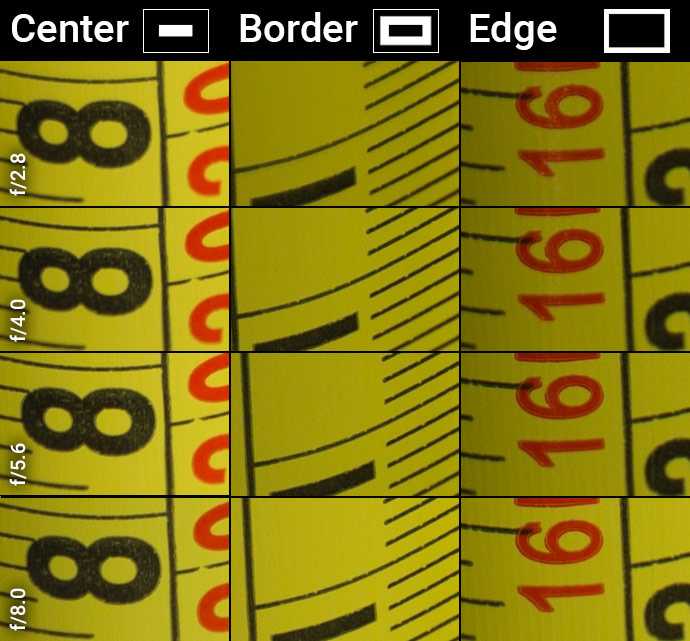Mega Lens Hood
One interesting addition that is included with the Sigma 150mm macro is a lens hood extender. This extender is designed for use with cropped sensor camera for when you want a lens hood that more than doubles the length of the lens. it introduces slight vignetting when used on a full frame camera so is only recommended if the lens is being used on a cropped sensor body.
Personally, I’m not sure why you would ever need such a huge lens hood. I suppose one bonus is that when used with the extender the lens hood vastly enlarges the lens without adding much weight, which does make it look quite large and impressive, but for me the extender is really just a pointless gimmick that stays in the box.
Below is an example of the 150mm macro’s size naked, and with the two lens hood configurations. I also included the Sigma 24-70mm f/2.8 for scale.
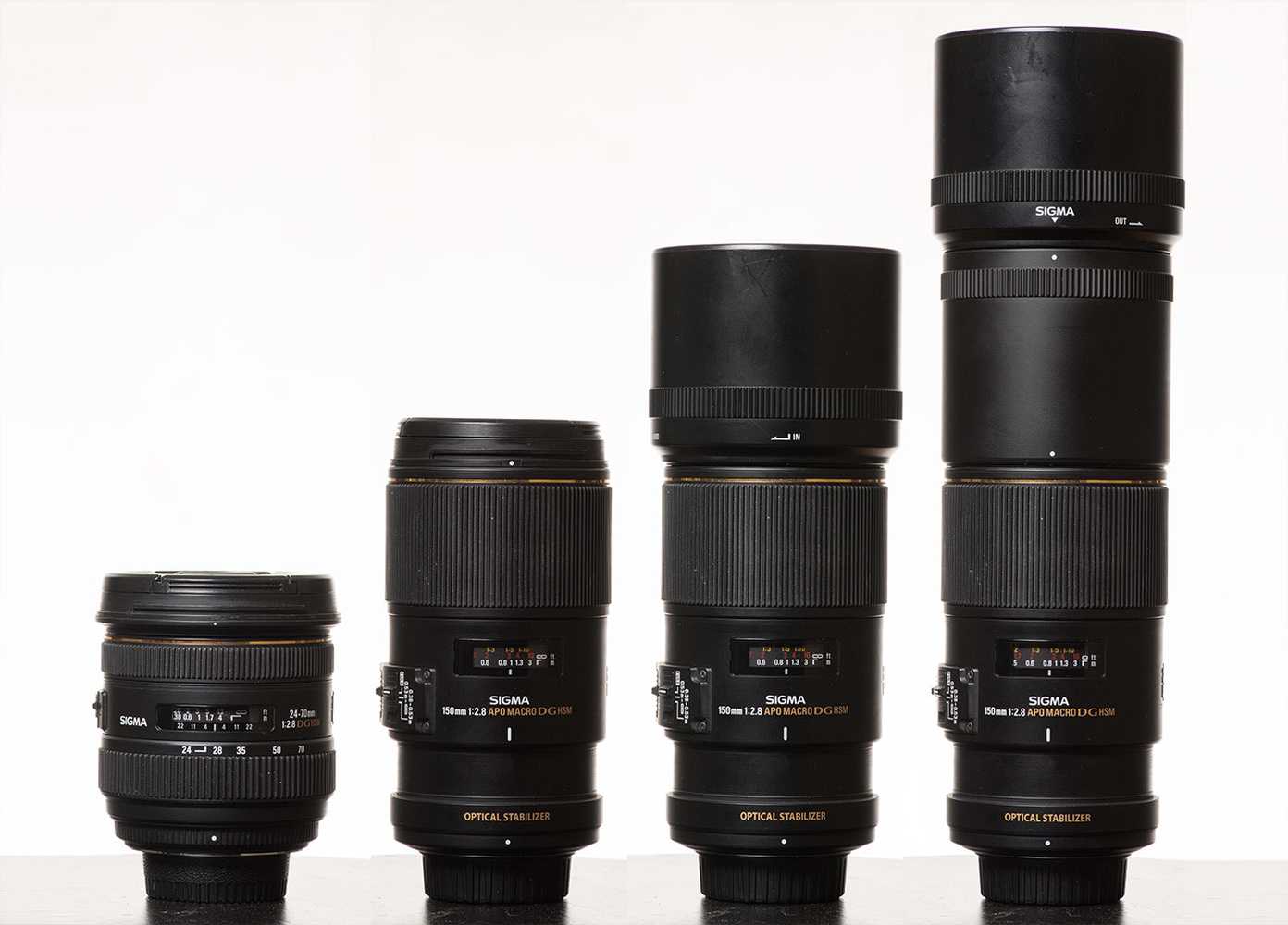
Lens Data
| 2012 Camera AF Data (5D Mark 3, 1D X) | |
| AF Group | G |
| AF Points | 33 AF points are available 15 central cross type points are available |
| Group Diagram | |
| Optical Specifications | |
| Focal Length | 150mm |
| Angle of View (Full Frame) | Diagonal: 16.4° Vertical: 9.1° Horizontal: 13.7° |
| Min Focusing Distance | 0.38m / 15 in. |
| Max Magnification | 1.0x |
| Max Aperture | f/2.8 |
| Min Aperture | f/22 |
| Max Aperture by Focal Length | f/2.8 @ 150mm |
| T-Stop by Focal Length | |
| Aperture Design | 9 blades |
| Optical Formula | 16 elements in 12 groups |
| Special Elements/Coatings | 2 SLD |
| Stabilized | No |
| Stabilizer Performance | N/A |
| Stabilizer Modes | N/A |
| Breathes when Focusing | Yes |
| Parfocal | N/A |
| Focus | |
| Focus Type | Internal |
| AF Type | HSM (ring-type ultrasonic motor) |
| Full Time Manual | Yes |
| Focus Ring Rotation | ~270° |
| E-TTL 2 Distance Info Provided | |
| Distance Scale/Type | Window |
| Focus Limiter / Positions | Yes / 0.38m→0.52m, 0.5mm→∞, 0.38m→∞ (Full) |
| Zoom | |
| Type | N/A |
| Zoom Lock | N/A |
| Build | |
| Length | 5.39″ / 137mm |
| Diameter | 3.13″ / 79.62mm |
| Weight | 31.6 oz / 895g |
| Material | plastic barrel (?), metal mount |
| Finish | Dark gray |
| Filter Threads | 72mm |
| Weather Sealed | no |
| Misc | |
| Lens Hood / Included | LH780_03 / Yes |
| Tripod Ring Include / Removable | Yes / Yes |
| Extender Compatible | Yes, Sigma’s |
| Case / Included | Yes / Yes |
Bottom Line
The Sigma 150mm f2.8 macro comes in at a hefty $1,099 price tag; that puts it in the same neighborhood as the Sigma 70-200mm f/2.8 OS which would serve better in the vast majority of situations that do not require close focusing.
If you are shooting macro primarily, the Sigma 150mm f/2.8 macro is a beast of a contender, however, I’d argue that a 100mm macro lens is a smaller, more versatile in most situations, and at a lower price for similar sharpness. Though, if you are looking for a bit more reach this lens is a nice alternative to the larger, much more expensive, and traditional 180mm macro lenses on the market.
Overall, the Sigma 150mm f/2.8 EX DG OS HSM APO macro is a fantastic lens that struggles to find a niche where it can live up to its beautiful design and performance.
Regardless, though, I’d say that it is unlikely that you would regret purchasing this lens for any of the above uses. I’m happy with my copy of it and one major benefit is that very few photographers shoot at 150mm which means your images will have a slight uniqueness and character to them that isn’t offered by purchasing a more mainstream lens.
Тема: Nikon Nikkor AF 105 f/2.8 D VS Nikon Nikkor AF60 f/2.8 D, Подскажите что выбрать?
Ресурс: Club Nikon
Форум: Оптика для фотокамер Nikon
Автор реплики: eone
60мм — предметка, непугливое макро, резкий, звенящий объектив.
105мм — универсальный макрик, для портретов не подходит т.к. слишком резко прорабатывает все дефекты кожи. В этом плане (для портретов) лучше взять Tamron 90. Старая версия 105-ки чуть лучше новой с VR, правда эта разница ооооо-чень незначительная и больше субъективная.
Кроме Никкоров есть очень удачная Sigma 150 — отличный макрик, очень резкий, хороший микроконтраст, замечательно работает с кольцами, встроенный мотор.
Все объективы дают масштаб 1:1.
Video Specifics
As the still camera manufacturers continue to add video functionality to their cameras, the number of still lenses being used for video production is going to continue to increase. When it comes to video performance, on top of the still metrics of resolution, CA, vignetting, etc., things like Parfocal performance (well not for this lens since it’s not a zoom) and breathing become concerns.
The short of it when it comes to breathing is that the Sigma 150mm f/2.8 EX APO DG HSM Macro does. Though that’s not unexpected considering it’s an internal focus still macro lens not a video lens.
The long on breathing is more subtle. At normal working distances, the 150mm macro breaths a little bit less than a Canon EF 70-200mm f/4L IS USM as shown in the video below. At macro distances, the effect is considerably more pronounced in appearance.
Usable focus throw can be quite short even though the ring turns almost 270° from macro to infinity. If you’re shooting video at macro distances, it’s not so much of a problem, as going from close focus to 4′ takes about a 180° rotation. However for normal distance uses, that is from about 3-4′ to infinity, the focus ring only rotates through about 45°. Compared to, for example, Canon’s 70-200mm f/4L IS USM, which rotates though a full 135° to cover that range.
The focus ring follows the cinema standard (as well as Canon’s) directions of rotation for focusing. That is, if you were to look down the lens from the rear, the focus ring rotates counter-clockwise when focusing towards infinity.
One oddity I have noticed with this lens that on occasion the lens’s focus ring will “decouple” from the actual focus mechanism when focusing and shooting. It’s rare, but I have on occasion found myself turning the focus ring only to not have the lens focus. I don’t know if this is an issue with my specific copy (though it otherwise never has any problems) or a side effect of Sigma’s implementation of full-time manual focusing while the lens is set to AF mode. I’m not sure how the electronics could be interfering with or locking the lens’s focus.
Тема: Помогите выбрать Sigma 105 mm f/2.8 EX DG Macro Или Micro Nikkor 105 VR ?
Автор реплики: k561l
И у последней [Sigma 150mm f/2.8 EX] есть недостатки:
1. «почти» апохромат
2. Как телевик на открытой имеет неприятное, двоящееся боке. Заметно на расстояниях от 15-20 метров до объекта съемки.
3. На открытой в зоне фокуса теряет контраст, например, на переходах листва — небо. В итоге листва по краю являет собой что-то среднее между небом и, собственно, листвой.
Последние два пункта делают выбор Сигмы 150/2.8 как телевика на открытой (до f5) — неудачным. Хорош на средней и особенно на ближней дистанции. Ну и как портретник. 105 не заменит — разве что в макро — фокусные неблизкие.
У 105 VR в недостатках вес и габариты.
What Is The Sigma 150mm f/2.8 Macro Designed For?
In the simplest sense, it is a macro lens, so it’s designed to take pictures of tiny stuff with exquisite detail. In a broader sense, though, the Sigma 150mm offers a bit more telephoto than your average macro lens which lets you shoot from farther away. Furthermore, it is one of few macro lenses that include optical stabilization. Combined, these two factors make it handy for when trying to capture macro images of creatures that can be easily disturbed.
However, a lens like the Sigma 150mm excels at far more than what it optimally is designed for. It is also fantastic as a portrait lens and makes for a killer lens to shoot product photography with.

Autofocus
When I first purchased the Sigma 150mm, I remember being quite surprised by how fast it focused. It also has Sigma’s hypersonic motor (HSM) which makes the focusing almost silent. After using it for a more prolonged period, I’ve come to realize that the speed of the autofocus depends largely on optimal situations. While it still can focus in low light, the lens often finds itself whirring back and forth in search of its focus point.
I’ve also had mixed results with the accuracy of the autofocus, I wouldn’t call it bad, but I’d say it misses more often than I’d like for a lens that retails for more than a thousand dollars.
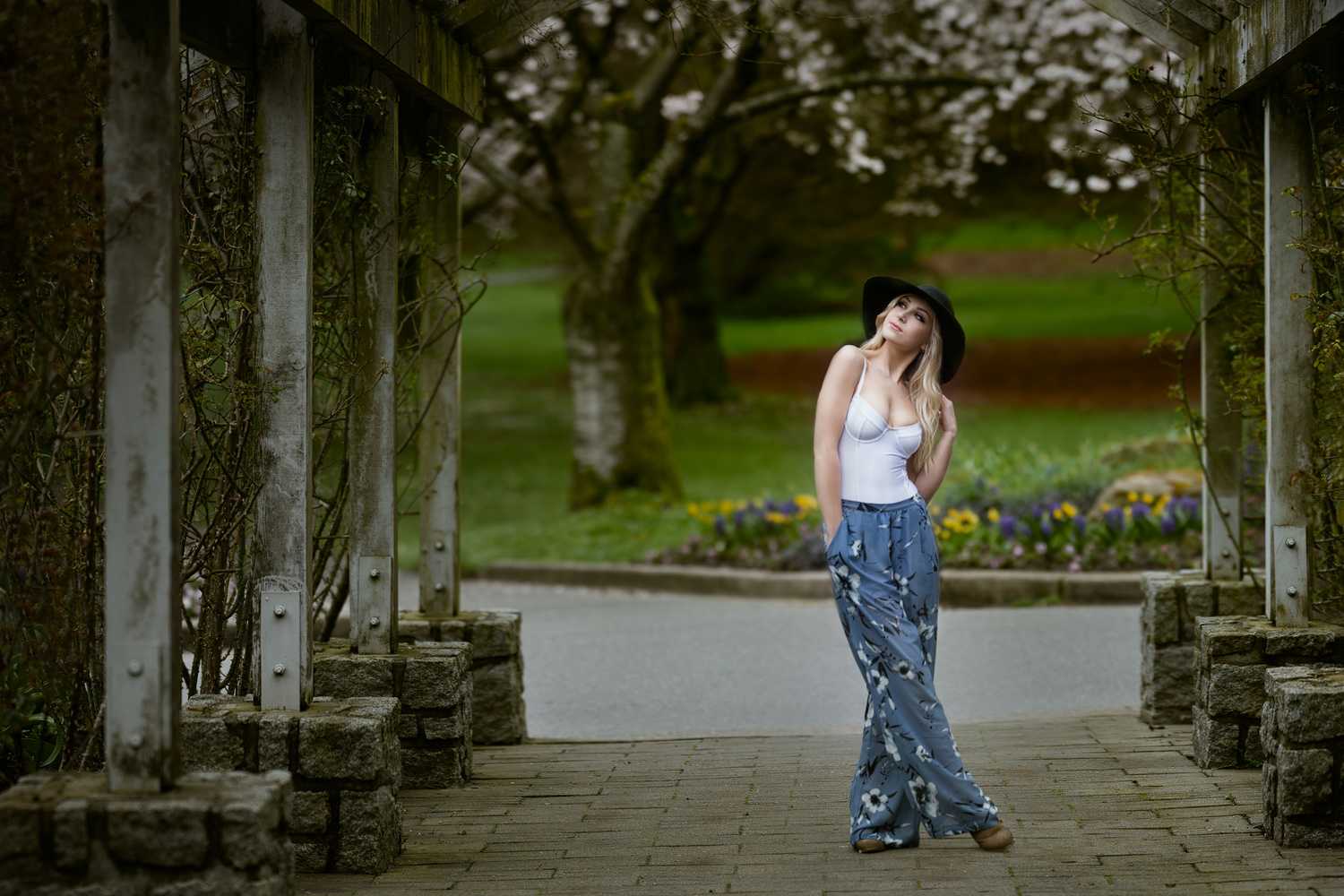
Bokeh
I’d argue the bokeh that the Sigma 150mm macro creates is mediocre at best. Personally, I’m quite fond of how it renders the bokeh but the limitation to how soft the bokeh can become keeps it from achieving the sweet, glorious, buttery bokeh that a 70-200 f/2.8 (at 200mm) or a 135mm f/2.0 can create.
One thing, however, that I’m quite fond of about with this lens is that it does offer a similar subtle “swirling” that is present in images created with Canon’s 135mm f/2.0 (very subtle, unlike, say, certain Helios lenses, which are known for more extreme swirling). My only real complaint about the bokeh is that it can be a bit jittery at times, and not as soft as I’d expect from a telephoto lens at f/2.8.
My complaints really only extend to using the Sigma 150mm as a portrait lens, at portrait range. When shooting at macro range the bokeh is the mushy smear of color that you’d expect from a macro lens focusing extremely close.
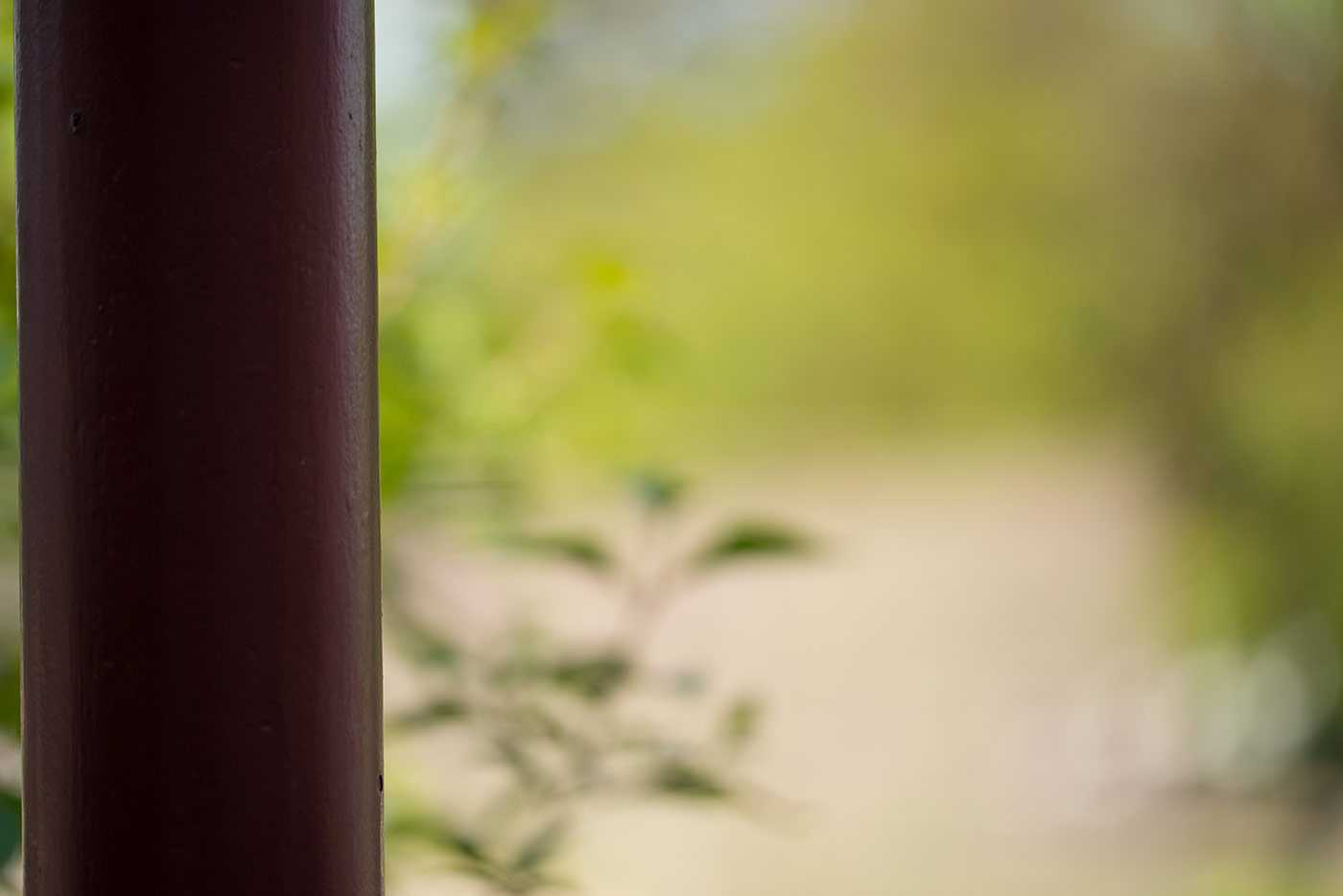

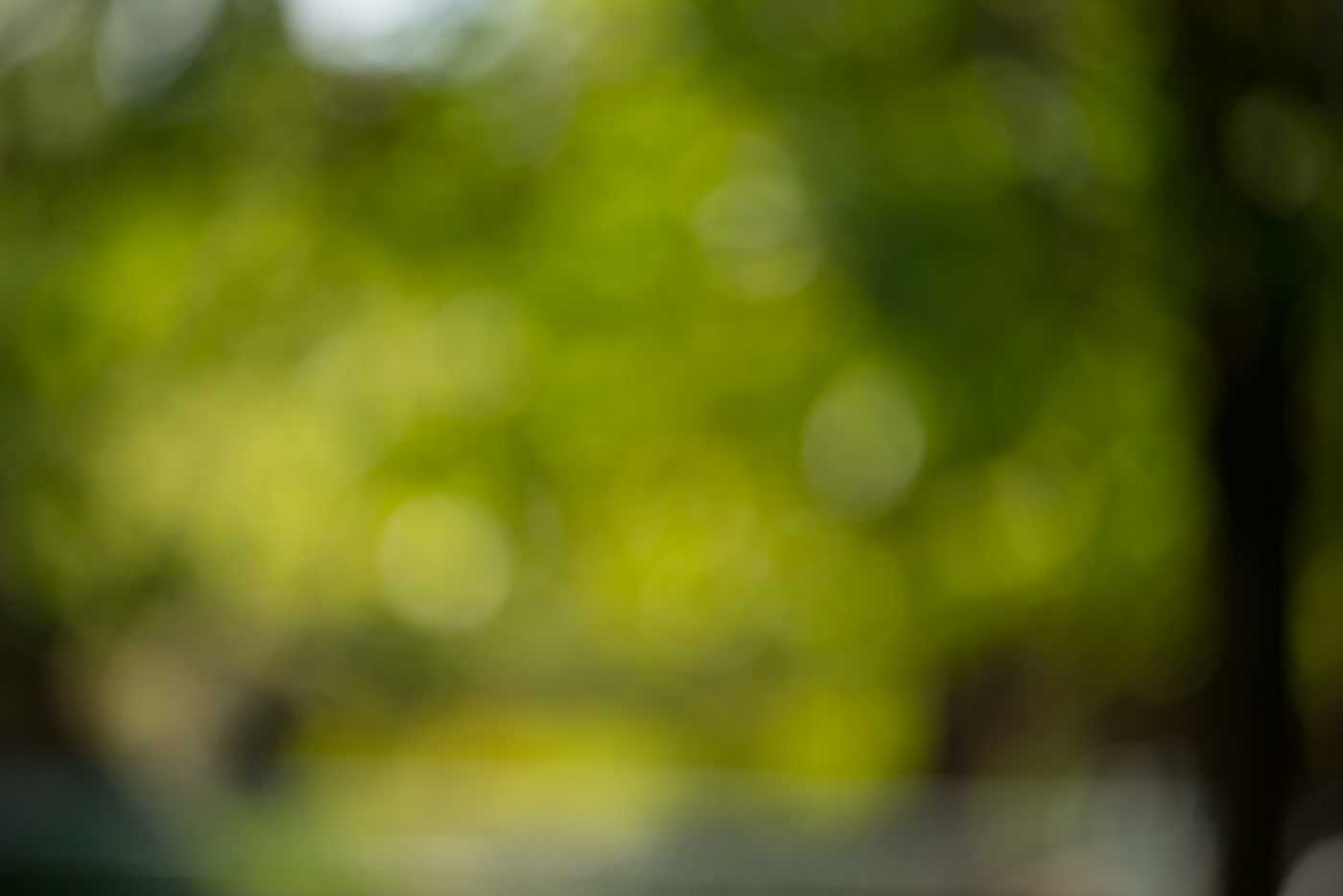
Тема: Обмен Canon 100mm 2.8 Macro на Sigma 150mm 2.8 Macro
Ресурс: MacroClub.Ru — Клуб любителей макросъемки
Форум: Зеркальная техника для Макро
Автор реплики: Limar
Sigma 150 имеет относительно мягкий рисунок, т.е. даже на сравнительно низких пространственных частотах получается не очень высокий контраст. (я правда юзаю и тестю на кольце 60 мм, результат может уходить довольно сильно).
При этом на высоких частотах (резкость) контраст неплох. По ощущениям — это хорошо, что нет заметного падения контраста при увеличении частоты: позволяет проявить мелкие структуры, вытянуть картинку в ФШ проще.
Сравнивал с Canon 180 — Сanon контрастнее, даже с конвертором 1.4x, но поправить контраст проще, чем вытягивать детали, а последнее в обоих случаях определяется дифлимитом.
На практике — мне необходим был объектив в относительно длинным рабочим расстоянием, чтоб поснимать ос в норе. В первый раз использовал 150-ку со вспышкой с софтбоксом над объективом. Результат — увеличения часто не хватало, т.к. не мог приблизиться на нужное расстояние (по оценке получал увеличения 1.2-1.4х, что на ФФ не так уж и много). По итогам задумался и решил использовать «шершневый вариант» : вспышку вынести на триподе поближе к гнезду, а на камеру нацепить 180-ку с экстендором EF1.4x II. Долго тестил дома, пришел к выводу, что результаты сопоставимы (180*1.4 чуть контрастнее, да и апертуры надо «прописывать» разные — у Canon эффективная, по сути, совпадает с отображаемой, у Sigma (из-за колец) — нет, но учесть легко).
Выбрался на съемку. Все как и расчитывал, вынос вспышки помог, рабочее расстояние тоже удлинилось. Но масштаба 1.4х было мало, приятнее делать снимок на весь кадр. Увеличить в конфигурации с Canon 180×1.4 особой возможности нет. Сменил на 150. Ну, во-первых, часть проблем решились выносом вспышки, ей я больше не цеплялся, да и место я чуть подчистил так, что задевать стал меньше. В общем, масштаб стал приемлемым. Просмотр картинок показал, что промахов с фокусом на 150 у меня меньше (сказывается, наверно, и большая дырка и меньшее фокусное — в смысле, что держать в кадре легче). В общем — победила Сигма, прежде всего благодаря гибкости системы.
Поснимал, правда мало, т.к. получил острые ощущения от атаки объектов съемки, но это уже не в тему, распишу в другой ветке.
Автор реплики: LAY
Мне Сигма150 показалась менее резкой, чем Никкор60. Ну… деталей, пожалуй, не меньше, но… НЕ ЗВЕНИТ, а никкор — звенел!
И при всем этом я, наверное, никкор продам. Причин несколько:
— адаптация к 150мм требует столько усилий, что будет жалко их похерить
— 2 объектива для одного применения — это слишком
— я плохо представляю себе ситуацию, которая заставит меня сбросить С150 с прибамбасами и напялить Н60 с прибамбасами…
Автор реплики: Лапоть
Всегда использую с блендой. Когда висят колечки суммарной толщины 56 мм, то, рыская им (все же телевик), несложно и в ветку какую-нибудь заехать…
А фильтр защитный тоже висит. Короче, предохраняюсь по полной. К стати, из недостатков — хлипкое пластиковое кольцо крепления байонета (само байонетное кольцо металлическое). У меня система с двумя вспышками, закрепленными на объективе, выскользнула из рук на землю во время одной фотоохоты — колечко-то и отошло… Закрепил его изолентой по всему диаметру в несколько оборотов (приклеивать не стал — может, в сервис еще понесу) и сверху дополнительно прижал штативным кольцом. Вот уже полтора сезона держит — надежно оказалось.
Вообще, это единственный выявленный мною недостаток этого объектива. Даже обидно — солидная добротная конструкция в целом, а тут, вот, такая недоработка. Хотя, с другой стороны — сам виноват. Но, на охоте, ведь, всякое случается!
Тема: Выбор оптики после перехода на ФФ Что выбрать, если перестало устраивать имеющаяся?
Автор реплики: Senna
для крупнолицевых портретов рекомендую взять макрушник Сигма 150 2,8. Попользовался им именно как портретником и он мне очень понравился. И как макрушник объектив очень хорош. Так что убьёте сразу двух зайцев. Объектив очень резкий начиная с полностью открытой диафрагмы.
Автор реплики: Nick Knutov
Мне не нравится характер его [Sigma 150mm f/2.8] боке. Опять субъективно, да, в целом это хороший объектив, но мне не подходит. Ну и кроме того, я раньше довольно долго на кропе в качестве портреника снимал на сигму 105. И да, я почти всегда прохожусь по лицу портретюрой после конвертации, но идея снимать макриком женские лица мне все равно не нравится.
Build
The Sigma 150mm f/2.8 macro’s build quality is somewhat middling. That’s not to say it’s generally bad; in fact, the complaints I have with the lens’s build and finish are rather minor over all.
Overall, the lens alone (without the hood or lens collar) weighs 27.2 oz. (771g), which is actually heavier than Canons 135mm f/2L or 200mm f/2.8L. With the hood, and tripod collar, the lens weighs 34.3 oz. (973g) which is almost as heavy as Canon’s 180mm f/3.5L macro lens.
The lens mounts a 72mm front filter, and has a metal lens mount.
Finish
The finish on this lens is a relatively soft, compared to other manufacturers, matte dark gray coating, not anything like the powder coated/anodized finishes on high end Canon and Nikon lenses.
Wear marks under the tripod ring on the Sigma 150mm macro.
About the only positive I can say about the finish is that it’s not at all slippery to grasp/hold. Otherwise, the finish shows marks, dusk, gunk, and wear much easier than any other lens I’ve ever used, as the images in this review well testify. My 150mm f/2.8 macro is not a heavily used lens in my arsenal, in fact, it spends a great majority of its time in either its case or in a padded drawer, and yet the surface is pretty well marred from the little use it gets. Fortunately, Sigma has addressed the mediocre finish on their EX lenses with more recent lenses like the 150mm f/2.8 EX DG OS HSM APO Macro that replaces the lens being reviewed here.
Tripod Collar
The Sigma 150mm macro comes with a tripod collar, which is a nice touch given the weight of the lens. The collar uses the “split in half and lock” style, where there’s a hinge on one side and a locking mechanism on the other. The locking mechanism can be tightened and loosened by turning the nob on the grip. To remove the collar the knob is turned to the loose position (white dot on collar and white dot on ring are aligned) and the knob pulled out away from the collar.
Tripod collar in locked position.
Unfortunately, the finish of the lens gets in the way of good collar operation. The inside of the collar is lined with a smooth plastic to facilitate easy rotation, but the resulting action isn’t really smooth. Compared to other tripod collars I use regularly, even the Canon add-on collar for the 70-200mm f/4L lenses, is smoother operating than the collar on the Sigma. Additionally there seems to be some issues with the evenness of the coating used, as there are distinct wear spots on my lens under the tripod collar where the finish has been smoothed down due to of rotating the lens in the collar.
Lens Hood
The final part of the puzzle is the lens hood; which comes with the lens when you buy it; a nice touch Canon should really take up with their non-L products. The hood is hard plastic and uses a bayonet mount to attach to the lens barrel. Unlike Canon hoods, the Sigma hood isn’t lined with black fabric, but rather is ridged with a saw-tooth like pattern. I can’t say I’ve ever seen much of a difference between the Canon and Sigma styles, and the hood seems to work well.
The outside of the hood is finished with the same coating as the lens, though amazingly the hood on my lens seems to have held up better than the lens barrel itself. The hood mounts and locks in place very solidly, probably due to all the friction from the coating.
Тема: NIKON D80 + NIKKOR 60/2.8, 105/2.8 VR Macro = несовместимость циферок и понимания!
Ресурс: Клуб Foto.ru
Форум: Обсуждение фототехники
Автор реплики: JEWELLER
А что ВЫ скажите по поводу это стекла SIGMA AF 150 mm f/2.8 EX DG APO MACRO HSM? Это НАСТОЯЩЕЕ макро? Так вот, с этим объективом проблем нет! Выставил 2.8, так оно и стоит 2,8!!! Причем на самой минимальной дистанции фокусировки! И где Вы начитались такого, что объектив всем должен заправлять?
Автор реплики: Mik_S
Если вы снимали на минимальной дистанции фокусировки, то «стоит» оно не F/2.8, а существенно меньше. а что пишет при этом Сигма по прежнему 2.8 — так это как раз ее проблемы. И если пользоваться автоматикой замера, то приводит к недоствету. В отличие от Никоновских объективов, которые честно сообщают реальную светосилу. Меняющуюся, как ей положено, при отодвигании фокальной плоскости линзы от кадра.
При увеличении масштаба изображения у объектива падает светосила. Это — оптика и никуда от этого не денешься. С любой камерой и с любым объективом будет так.
Никоновские макро-объективы, снабженные процессором, честно отражают сей факт (а также тамроновские, возможно и еще какие-то). Какие-то (в том числе «ручные») не отражают («ручным» это отражать просто нечем). Что, кстати, при использовании внутрикамерного TTL-замера мало на что не влияет, потому что замер меряет реальное кол-во света прошедшее через объектив и на основании этого «принимает решение» — на сколько надо закрыть диафрагму. Не до какого численного значения, а именно «на сколько ступеней по сравнению с намерянным».
iTTL оперирует реальным значением светопропускания бъектива (выраженным через диафрагменное число) с тем, чтобы «предсказать» — сколько света понадобится для пыхания на дистанцию фокусировки (естественно, если объектив D) при данной диафрагме и данной чувствительности. А его обманывают — говоря, что светосила объектива выше, чем на самом деле (в макрозоне у Сигмы). Вот у iTTL крышу малость и сносит. Собственно, именно для этого — чтобе обеспечить корректную работу iTTL — никоновские объективы и передают в камеру «эффективное» значение светосилы. То есть, приведенное к тому, сколько света на самом деле попадает в кадр при данном «геометрическом» значении светосилы.
Если бы зависимость светосилы (про нее речь все-таки, наверное) от фокусного для всех зумов (про них речь все-таки, наверное) была одинаковой и предсказуемой — то запросто не писали бы… Но она разная, зависящая от конструкции объектива, и потому пишут.
А зависимость светосилы от дистанции фокусировки — вещь с одной стороны линейная и предсказуемая, с другой — на «обычный внутрикамерный замер» никак не влияющая… И проявляющая себя только при «внешнем» замере экпозиции и при работе с хитрыми системами управления вспышкой…
Тема: Выбор Nikkor 180\2.8 vs Sigma 150\2.8
Ресурс: Club Nikon> Фототехника> ОБЪЕКТИВЫ> Телезумы, телеконвертеры и фиксы теледиапазона
Автор реплики: k561l
Портреты с Сигмой получаются хорошие. Макро — тоже. Для жанра, возможно, узким местом станет не самый быстрый АФ. Основное отличие и преимущество среди одноклассников — апохромат. Боке (если не в «дым») сложное, но чаще это играет в «+»
Автор реплики: Сергей Аюков
Про Никкор 180/2.8 ничего не скажу, а вот про Сигму есть немного (скопировал со своего сайта и немного подправил, пара примеров там же: www.ayukov.com.
Изначально я надеялся, что убью сразу несколько зайцев. Во-первых, макро, которое для меня все еще является слабо изведанной территорией. Во-вторых, должен быть неплохой портретник. 150 на 2.8 фон должен размывать очень даже ничего. В-третьих, надеялся спарить его с телеконвертером 2х от Kenko и получить какой-никакой телевик с автофокусом (пока у меня на полный кадр самый длинный это неавтофокусная Tokina 80-200/4, из автофокусных до этой Сигмы был только 24-120/4, не совсем телевик). Что из этого вышло?
Как макрообъектив он мне понравился: кольцо фокусировки, лапка, фокусное — все удобно. Резкость также нормальна. Бабочек ловить приходится так или иначе с автофокусом, в целом справляется. Статику лучше через Live View фокусировать, на D700 Live View c этим объективом работает. Пробовал также рыбок снимать в аквариуме, очень сложно: одной рукой я вожу ручку штатива, следуя за рыбкой, другой навожу на фокус через Live View, ребенок же по моему сигналу жмет кнопку на пульте. Из полусотни снимков оставил восемь; попасть в резкость очень трудно (рыбки никак не хотят стоять неподвижно). Возможно, техника съемки неправильная (с автофокусом все-таки легче, а светить надо вспышкой). С бабочками помощника не было, пользовался автофокусом, света было много, в целом нормально.
В качестве портретника ничего особенного я в нем не нашел. Может, не понял, где искать. Фон размывает, хоть и не могу сказать, что как-то очень сильно. Размытие ничем особенным на мой взгляд также не отличается, иногда вообще рябь. В общем, полное отсутствие восторга и сплошной субъективизм. Опять же не могу сказать, что при слабом освещении на открытой быстро и точно фокусируется (немного поснимал на конференции). Светосила помогает, но при 150 мм и отсутствии стабилизатора приходится изрядно ограничивать выдержку.
Как телевик — полное фиаско. К сожалению, автофокус с телеконвертерами у этого объектива не работает (это сказано и в руководстве). Фокусировать вручную 300/5.6 — почти безнадежное занятие (для меня).
В итоге пока что неплохая работа в макро. Из того, что еще не попробовал — экстремальные увеличения (с телеконвертером).
Некоторые особенности. Тяжелый и довольно длинный. Кажется, самый тяжелый объектив у меня. Даже если брать вес без лапки. Вследствие этого, таскать его с собой «на всякий случай» как-то не очень хочется. В Крыму пытался пару раз; на небольшие расстояния ничего, но на целый день брать не решился. Если надеть бленду, то крышку ставить/снимать очень неудобно. С блендой он становится ужасно длинным и в сумку, разумеется не лезет. Кроме того, в мою сумку он не лезет и с лапкой, но это уже проблемы моей сумки. Поверхность интересная, бархатистая на ощупь. Всегда почему-то думаешь, как она должна пыль собирать. Но вроде бы ничего страшного. Грязь отчищать с нее не доводилось, с объективами я обращаюсь аккуратно.
Перед Новым годом купил 135/2DC, поэтому как портретник я его больше не беру. Для предметки он длинноват, мне больше нравится 55/2.8 Ai-s Micro. Настоящее макро снимаю редко (в нем он вроде бы должен быть великолепен). В общем, несколько разочаровала меня данная Сигма.
Автор реплики: Argo
Автофокус у Sigma 150mm F2.8 не работает с конвертером 2.0x, с Sigma 1.4x работает прекрасно. И с конвертером и без очень хорош для макро, а для портретов, соглашусь с предыдущим мнением, есть другие, более лучшие варианты.
Автор реплики: goga68
сигма 150 это же макрушник , это вообще стекло намолено для макро , лучше него за эти деньги в природе нет …
есть сомнения — зайдите на любой сайт специализирующийся на макро и задайте вопрос про сигму 150
никон 180 это скорее портретник
как можно сравнивать эти два стекла
это как пылесос и удочку сравнивать — что лучше ….
уже сколько копий сломано , но всё равно выскакивают подобные вопросы …
Автор реплики:
Сигма 150/2.8 есть со стабом (новая версия) и без него (старая версия). Про какую версию шёл выше разговор?
Это довольно разные по многим моментам стёкла, поэтому стОит указывать версию стекла при информации про него.
Optical Stabilization
As mentioned above, the Sigma 150mm macro does have OS which is a nice feature to have for a macro lens. Especially for someone like me, who mainly uses the lens as a handheld portrait lens. Like many pro level Sigma lenses with OS, the Sigma 150mm macro has both mode 1, and mode 2 of OS.
For those unfamiliar with Sigma OS modes: OS 1 performs similar to any other stabilized lens by other manufacturers (VR, VC, IS). OS 2, however, only corrects for vertical vibration for situations when the lens is being used while panning. Great idea in theory, not terribly useful for this lens as it isn’t really the type of lens you’d be bringing when the goal is to be shooting subjects that are moving quickly such as cars, athletes, or birds.
Finally, one other one aspect that I feel I should mention is that sometimes when engaging the OS, as it begins to focus, the lens does a strange “shift” that manifests by the viewfinder doing a slight jump. I’ve never experienced this from a stabilized lens before. It doesn’t seem to impact sharpness at all but it can be a bit distracting while trying to compose your shot. I’m not sure if this is a systemic flaw or behavior unique to the copy of the lens that I have.
Build Quality
The Sigma 150mm is part of the Sigma EX series lenses, which was their “pro” line before their Global Vision series was released. Unlike the many of the new GV lenses, the EX series lenses have plastic casings with a gold ring similar to G series Nikkor lenses.
However, despite a plastic body, the Sigma 150mm feels very sturdy in build, and personally, I’m glad that it doesn’t have a metal body to keep the weight down.
I really don’t have any complaints about the build quality of this lens. It is exactly what I’d expect and want. The focus ring is smooth and accurate with a very reasonable focus throw. The switches are crisp and responsive. The lens shows no signs of loose bits or strange sounds. Overall, it is built like any other professional lens that I’ve used.
Sharpness
When the Sigma 150mm nails focus, it is quite sharp at all apertures. Even wide open it performs quite well which was nice to see. The image below is straight out of camera shot wide open. Below are full size crops of the center of the shot at both f/2.8 and f/4.0 to give an idea of full resolution sharpness on a D800. There is a slight increase in sharpness as the lens is stopped down, however, but overall, I was quite impressed by the sharpness wide open even towards the edges of the frame.
The methodology used to create these sample images was the placement of the camera on a tripod, remotely triggered, in mirror up mode, with a shutter speed of 1/250th of a second at ISO 100. Exposure was adjusted by altering flash power to account for changes in aperture. OS was turned off and there was no filter on the lens.
